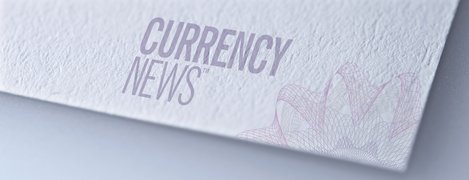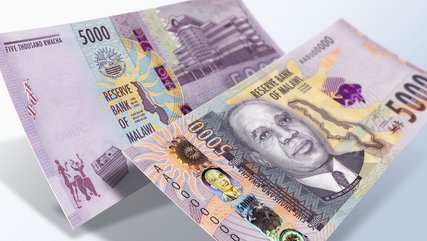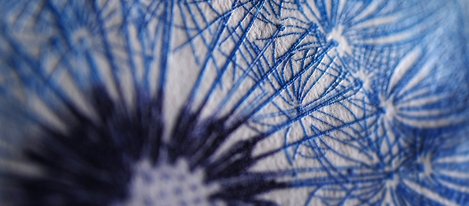

Malawi’s New 5,000 Kwacha – Advanced security for the warm heart of Africa
In their mandate to help maintain economic stability and confidence in the currency, central banks must continually evaluate the cash cycle imperatives and pressures for business and community in their countries.
The existing Malawi 2,000 kwacha banknote (previously the country’s highest denomination) was introduced in December 2016 to address Malawi’s increasingly demanding cash cycle needs. It was further upgraded in February to enhance its security and improve the appearance of the note. But as the Reserve Bank of Malawi (RBM) currency management policy requires that the highest value denomination should not account for more than 60% of the total value of the currency in circulation, it went a step further in February and also issued a new high denomination 5,000 kwacha banknote.
Malawi is a landlocked country in the south-east of Africa, surrounded by Zambia, Mozambique and Tanzania, with a population of c. 19 million people, predominantly rural based. Formerly known as Nyasaland, Malawi took its present name when it became independent in 1964. The capital city is Lilongwe. It is very peaceful, and although it is one of the world’s least developed countries, is well known for the friendliness of its people (resulting in its nickname of the ‘warm heart of Africa’) and its wildlife, tea and coffee plantations, which are making it an increasingly attractive tourist destination.
The national currency is the Malawi kwacha (ISO 4271 designation MWK). It was introduced in 1971, replacing the Malawi pound. The current family of banknotes, issued in 2012 with subsequent upgrades to some of the notes, comprises 20, 50, 100, 200, 500, 1,000, 2,000 and now 5,000 kwachas. Coins comprise 1, 5 and 10 kwachas. Malawi is considering shifting the note coin boundary due to changes in its economic environment. The current lowest value banknotes of 20 and 50 kwacha may be coined in the near future but, in the meantime the RBM has reminded the public that the notes are legal tender and must be accepted in transactions.

The 5,000 kwacha was introduced not just to meet the changing economic landscape but also the need for increased security for higher denominations. The portrait is of the first President of Malawi, Dr Hastings Kamuzu Bandu (who also appears on the 1,000 kwacha). The Micromirror LEAD™ foil and Galaxy™ security thread from Louisenthal, and SICPA’s SPARK Live™, are the key optical features lifting the security of the banknote.
The LEAD foil is positioned to the left of the portrait. It is a bright, dynamic vertical stripe with a combination of vibrant effects and tones. The top shows an animated sun, true colour portrait of Dr Bandu, denomination value, a three-dimensional fish from Lake Malawi with depth background, ‘Reserve Bank of Malawi’ and RBM logo. This foil shows achromatic and rainbow effects when the note is tilted.
To the right of the note is the SPARK Live optically variable ink, in the form of a fish, with similar dynamics to the thread on the back of the note. This thread – Galaxy – features dynamic and 3D effects based on micro-mirror technology. It is also equipped with ColourShift™. The thread shows 5000 and RBM, and features Galaxy Saturn dynamics. When the note is tilted, round graphical shapes touch each other, and the colour changes from red to green. The note has a host of other features including the watermark of Dr Banda and the number 5,000 below the portrait, and a Gemini™ UV feature. It also includes a double box design on the front left of the note to assist with recognition by the visually impaired. The new note was printed by De La Rue on cotton substrate from Louisenthal.

Weitere Informationen
Micromirror-Folien
Unsere Mikrospiegel-Folientechnologie mit glänzender metallischer Oberfläche ist äußerst hochwertig. Die faszinierenden, dynamischen Muster vereinfachen die Echtheitsprüfung. Die Folien kombinieren modernste Mikrospiegel- mit Hologrammfolientechnologien.
Galaxy® Security Threads
Schnelle Echtheitserkennung, hohe Dynamik und auffallende 3D-Effekte: Louisenthal hat all diese Eigenschaften in einer innovativen Sicherheitsfaden-Technologie vereint. Galaxy basiert auf winzigen Mikrospiegeln in Kombination mit der ColourShift-Technologie, die ein brillantes visuelles Erlebnis und höchsten Schutz vor Fälschungen bieten.
Baumwoll-Banknotenpapier
Louisenthal empfiehlt Standard-Baumwollpapier für Banknoten großer Stückelungen, die anschließend für höchste Sicherheit optimiert werden.